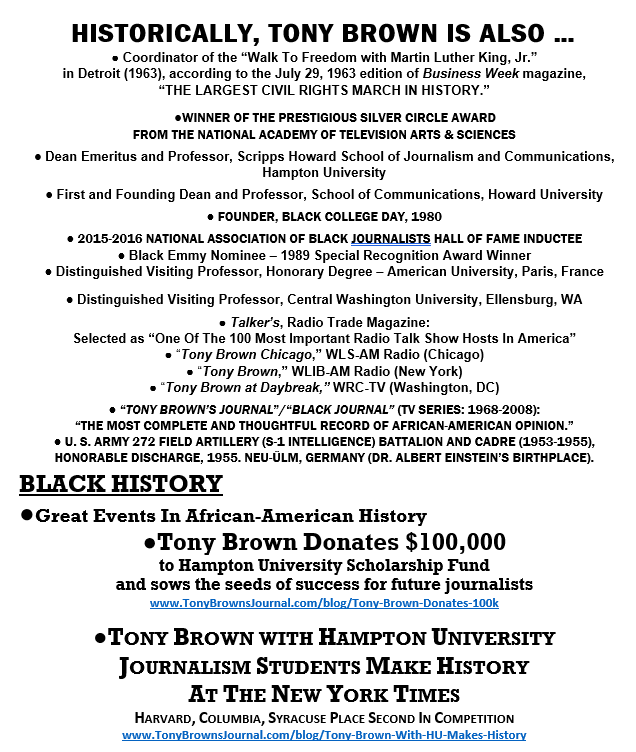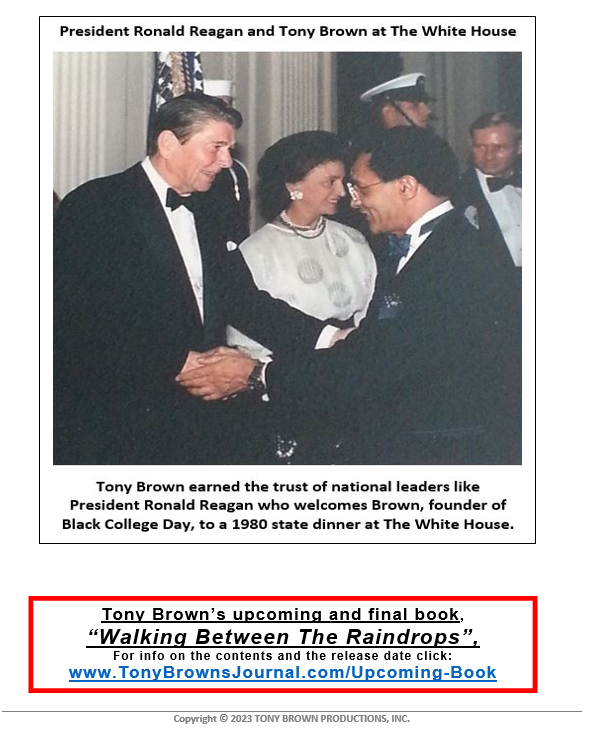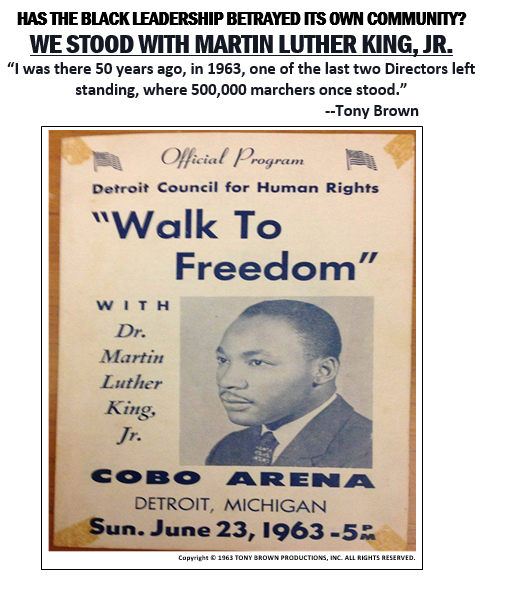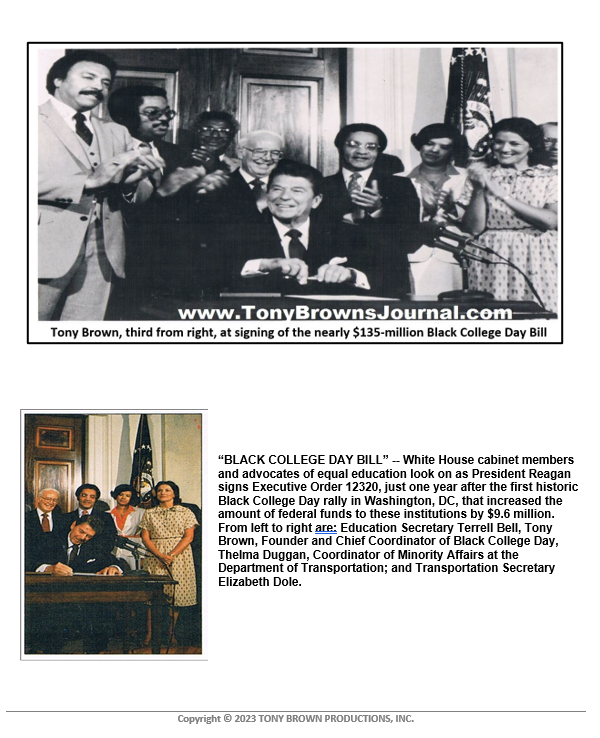 “The White Girl” follows the story of a woman named Kim, played by Troy Beyer, who was raised by socially ambitious parents. Despite being Black, her parents do not associate with or acknowledge other Black people. As a result, they raise Kim to identify as a White girl. Kim's lack of racial identity causes her to struggle to fit in; while her friends and romantic partners are White, other children used to taunt her by calling her "Oreo."
“The White Girl” follows the story of a woman named Kim, played by Troy Beyer, who was raised by socially ambitious parents. Despite being Black, her parents do not associate with or acknowledge other Black people. As a result, they raise Kim to identify as a White girl. Kim's lack of racial identity causes her to struggle to fit in; while her friends and romantic partners are White, other children used to taunt her by calling her "Oreo."
During college, Kim becomes addicted to cocaine, which leads to a decline in her academic performance. Fortunately, she meets Bob (played by Taimak, who starred in "The Last Dragon”), a clean-living pre-med student, and they fall in love. However, Kim's life takes a turn when she gets a manipulative roommate named Vanessa (played by Teresa Farley), a beauty queen type dazzles Kim with her glamorous personality. Vanessa's involvement with drugs leads to her demise, while Kim barely escapes a similar fate. In the end, Kim rejects drugs and reconciles with her stable and caring boyfriend, Bob.
"The White Girl" presents a realistic depiction of the pressures that exist in a world where people, already under the influence of drugs, try to extend their influence by hooking other victims. Kim realizes the gravity of her situation when it's too late, a situation to which many can relate.
I wrote, directed and produced this movie with my own money. I largely adopted the producer-director format and style of a Black farmer in South Dakota named Oscar Micheaux, who wrote, produced and directed 44 feature-length films between 1919 and 1948. My strategy in opening the movie was to take it from market to market for premieres tied to local anti-drug charities. This approach helped in promoting the movie but also served as a platform to raise awareness about the social issues depicted in the film.
Notably, I won a notable battle against the Motion Picture Association of America (MPAA) and its film rating system. The MPAA film rating system is used to help parents make informed decisions about what films are appropriate for their children. The MPAA, which originally gave the White Girl an R rating, would have placed it off-limits to the film's prime target audience. The MPAA told me that the drug abuse shown in the movie was responsible for the R rating. However, I pointed out that alcohol is a drug and it was thoroughly and enthusiastically abused in other films that got a PG rating from the board. My efforts led to a change in the movie's rating from R to PG-13, making it more accessible to its intended audience.
The overarching theme of The White Girl movie is twofold: to teach pride and racial heritage and to teach the power and danger of drugs.
“The White Girl” movie is included with a TBJ Subscription. At no extra cost, a streamed copy of “The White Girl,” a full-length feature-movie, directed and produced by Tony Brown, visit www.TonyBrownsJournal.com/subscribe.
Tony Brown’s Journal TV series has been described as the #1-rated syndicated talk series in the nation and “the most complete and thoughtful record of African-American opinion” national TV series, Tony Brown’s Journal. Subscribe to the entire TBJ collection of 1,000 Black historic and iconic programs that were aired on the Tony Brown’s Journal national TV series over a period of 40 years and get a FREE streamed copy of “The White Girl” by visiting www.TonyBrownsJournal.com/subscribe.














